Subaru Outback: What we make of the 'crossover' SUV
Ideal for farmers, as ever
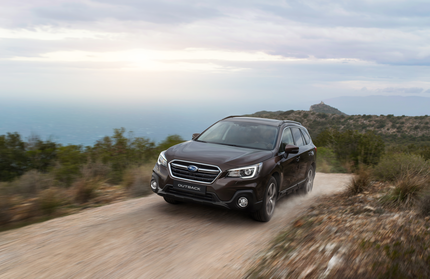
The way to understand the Subaru Outback is to think of it either as a slightly bloated, elevated estate car; or as a slightly shrunken and lowered SUV. Or both. A “crossover” in other words, which is the fashionable thing in today’s heavily overcrowded new car market. With too much capacity and too few customers, every manufacturer is looking to create of invade ever more contrived niches.
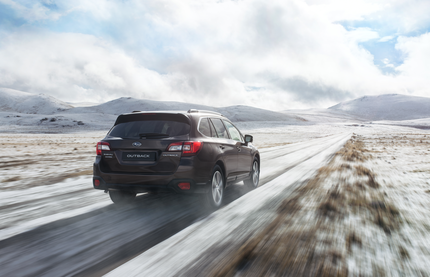
Soon, as you may have noticed, we will have a Rolls-Royce SUV limousine, the Cullinan, all quarter of a million pounds-plus worth of it. You might have thought they’d just leave the Bentley Bentayga to its own devices in that tiny subsector, but no. The madness may end one day, but for now buyers have never had more choice, from midget SUVs (eg Audi Q1) to forgotten family saloons (Ford Mondeo) to convertible limousine-sports GTs (Mercedes S-Class Cabriolet).
The spec
Subaru Outback 2.5i SE Premium Lineartronic
Price: £33,010 (£33,560 as tested)
Engine capacity: 2.5litre petrol 4cyl, CVT auto, AWD
Power output (PS @ rpm): 175 @ 5,800
Top speed (mph): 123
0-60mph (seconds): 10.2
Fuel economy (mpg): 38.7
CO2 emissions (g/km): 166
The Subaru Outback is, by contrast, relatively easy to define, but it also has to be defined negatively. Like every Subaru it offers a quite superb all-wheel drive system perfected over many years, and superior to many other makers because of its sophisticated “symmetrical” central dispersion of power, which basically means you’re less likely to get stuck in the mud. This is mated to a traditional Subaru “boxer” engine, a format only shared by Porsche nowadays, but which used to be more popular because of its smoothness, compact packaging and low centre of gravity (so good for handling and balance – and one reason why the Subaru Impreza WRX won so may races and rallies). In a boxer the cylinders don’t go “up and down” but “in and out” like a couple of boxers exchanging blows, you see. In the Outback you have the choice of a 2-litre diesel configuration, good for extra torque and plugging power, or a 2.5-litre petrol engined version, good for performance and pulling power. The downside is generally worse fuel economy than in mainstream engines, though I managed to get a “real world” 37mpg out of the petrol version, which is pretty good all things considered.
All good, that, and you can sense the quality engineering that goes into this slightly neglected brand’s products. There is a reason why Subarus are well loved by Aussie sheep farmers hundreds of miles away from civilisation – sheer rugged reliability. In town and on the motorway, where I took my smart “tungsten metallic” example, the handling and comfort were both excellent.
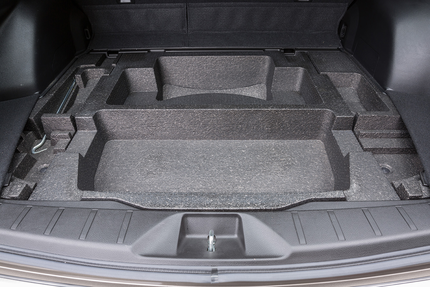
The Outback, though, hasn’t quite got the ground clearance or the short overhangs front and back that would make it truly useful outdoors; the higher-riding XV (smaller) and Forester (bigger) are the options you should go for if you’re going to do much off-roading. As I say, niches within niches.
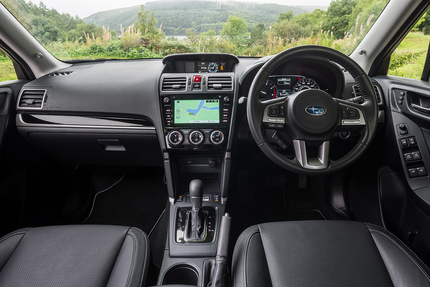
Of course you don’t necessarily want permanent four-wheel drive as the price to pay for this, and other manufacturers offer some of the Subaru’s abiding qualities of reliability, but none offer all of them, and, for the countryside, there are still few better choices than the scoobydoo, nowadays with added value for money. The Mercedes-Benz E-Class All-Terrain estate or Volvo V90 Cross Country are far classier, but certainly no more competent and a lot more expensive.
The Subaru’s drawbacks are irritatingly familiar, however. There’s a “continuously variable” transmission (they call it “lineatronic” which is fooling no one) which is bit sleepy and whiny when you put your foot down – not the worst I’ve experienced, but it doesn’t suit the car, or me for that matter. It also makes the car just a little unresponsive at very low speeds, say when you’re parking. A conventional torque-converter would work far better.
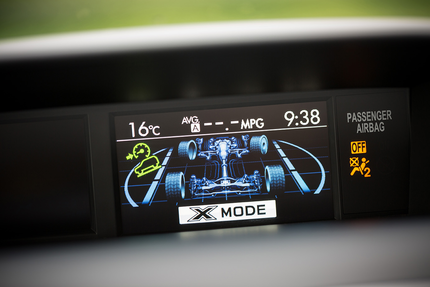
Indoors, there is something almost, but not quite, charming about the curiously dated graphics that feature in every Subaru. In a car which is so accomplished in so many mechanical areas, the electronics are not quite so impressive.
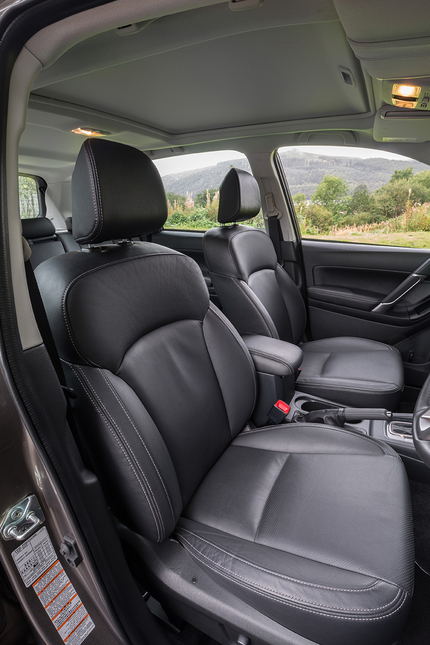
Nor the seats. I’ve noticed before in Japanese-market cars that the leather seats often have great flat slabs of the stuff, with little attempt to provide support, and the Outback is no better. In a nutshell, even for those of us with a short inside-leg measurement, the seat squab is just a touch too mean for comfort. Maybe the Subaru’s UK or European sales volumes aren’t strong enough to justify mucking about with the cabin, but there we are.
Join our commenting forum
Join thought-provoking conversations, follow other Independent readers and see their replies
Comments
Bookmark popover
Removed from bookmarks